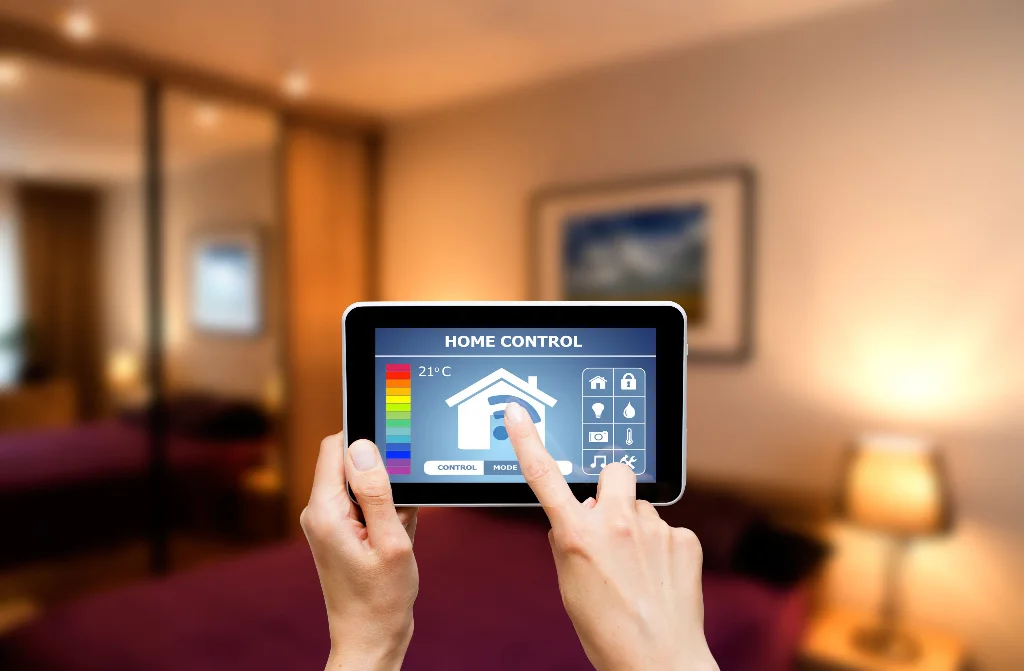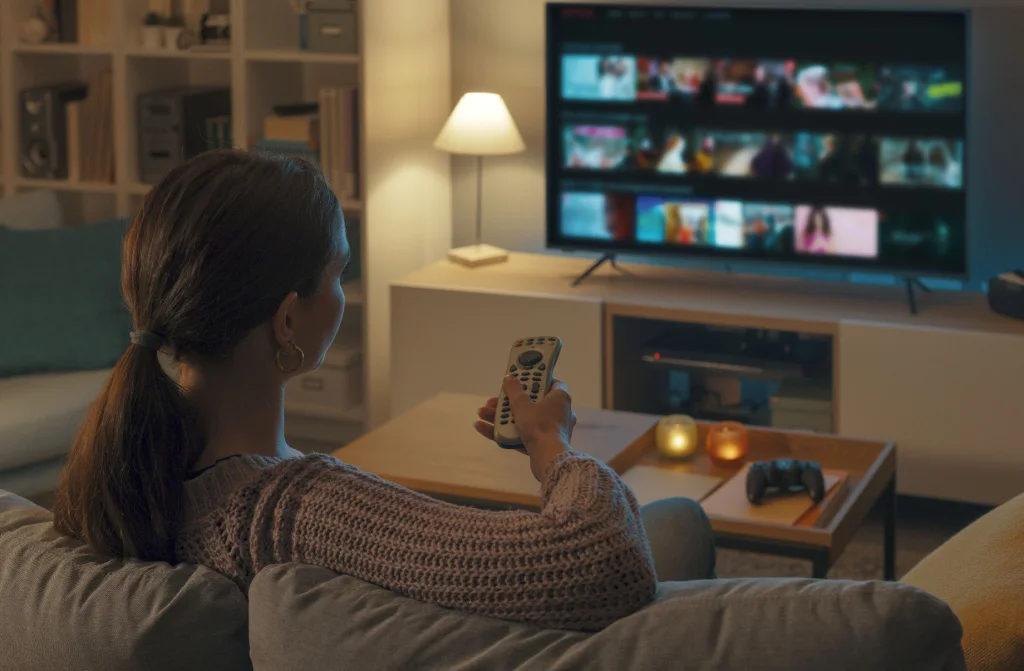We live in a world where technology and convenience go hand in hand. We are witnessing an unprecedented technological revolution, and innovations are constantly emerging in every field. Time is a precious commodity, and we always search for ways to save as much time as possible. Technology helps improve our efficiency and provides us with convenience. We have smartphones, smart cars, watches, and everything to make our lives easier. Unsurprisingly, smart home technology has gained popularity, and many of us are trying to upgrade our houses with devices that will improve efficiency, reduce utility costs, and save energy.
Remember the days when having a microwave seemed like the ultimate kitchen gadget? Well, those days are gone. Now, we have appliances, thermostats, and security systems that can be controlled with a smartphone or a tablet, enabling us to have more comfort and benefit from more efficiency. These smart home devices not only make our lives easier, but they even help us protect the environment by reducing energy consumption.
This article aims to help you better understand the concept of smart home technology and provide a straightforward answer to the question, “How does smart home technology work?”So, if you’re ready to embrace this technological revolution and willing to bring smart home technology into your home, sit back, relax, and keep reading.
What is smart home technology?

A smart home refers to a house that utilizes internet-connected devices to allow remote control and management of appliances and systems, such as lighting and heating. Smart home technology, also often called home automation or domotics, from the Latin word domus (home), enables users to benefit from enhanced security, comfort, and energy efficiency. Users can control these smart devices using a smart home app on their smartphone or other internet-connected devices.
Having a home equipped with smart home devices means you can control things at home by using your voice or a button. Even while you are gone, you can keep an eye on or change the settings of your home’s devices. For instance, you can set the lighting to turn off in the evenings when no one is in the living room or set the sprinklers to turn off when it rains.
Smart homes work based on timer settings or Artificial Intelligence. These options save you a lot of time and effort. Imagine having your coffee made in the morning before you wake up or having your door unlocked as you approach home. Smart home technology can do that for you. In homes with AI, devices can learn your preferences and adjust settings according to your needs.
How does smart home technology work?

A smart home is not about having a collection of smart devices that work separately but rather ones that function together to create a remotely controlled network. All devices, like appliances, lights, and thermostats, are controlled by a single automation controller, commonly known as a smart home hub.
This hardware hub, which can sense, analyze, and transmit wirelessly, serves as the brains of the smart home system. It unifies all the different apps into a single, remotely controllable smart home app for homeowners. Wink Hub, Google Home, and Amazon Echo are a few examples of smart home hubs. Specific smart home gadgets rely on wireless protocols like Z-Wave or Zigbee, while many others use Wi-Fi and Bluetooth to connect to the smart home network.
Pros and cons of home automation

Integrating smart technology into your home has many advantages. For starters, it can help you lower utility bills by controlling energy consumption, making your house a greener and more environmentally friendly option. By automating different tasks, smart home technology adds more efficiency, comfort, and security to your daily life. Smart home devices can increase security in your home by using motion detectors, doorbell cameras, and smart locks. However, convenience may be the biggest pro to integrating smart home technology into daily life. Being able to control all of your appliances and systems for one single app, even remotely, adds an extra layer of convenience and streamlines all these processes.
Now, let’s address the elephant in the room. While integrating smart home technology into your home comes with many benefits, there are some drawbacks. The biggest con has to be the initial cost of purchasing and installing these devices. However, although you will have to pay more upfront, in the long run, you will save money using smart home technology. Another con of using these devices is they rely on an internet connection. So, if your internet goes down, you might have trouble using these devices. Lastly, installing and using these devices might initially feel intimidating if you’re not tech-savvy.
Examples of smart home technologies

Nowadays, almost every household item can be automated and converted into a smart home device. Making your home smart might be the best decision you’ve ever made if you value the convenience and efficiency of smart devices. Here are the most common examples of smart home technologies:
- Smart lighting: Installing smart lighting will enable you to control and customize your lights, even remotely. Also, they can detect when someone is in the room and adjust the lighting accordingly;
- Smart TVs: These TVs include an internet connection so they can use apps to access content like music and video on demand. Additionally, some smart TVs have movement or voice recognition.
- Smart security systems: Using smart security cameras and doorbells, like Ring, residents can watch over their houses even while they are away. Smart motion sensors can differentiate homeowners, visitors, pets, or burglars and can notify the authorities in case of fraudulent behavior.
- Smart door locks and garage openers: Smart locks and garage door openers allow homeowners to choose who may enter their home and who cannot. Additionally, smart locks can recognize when residents are around and open the doors for them.
- Smart thermostats: With built-in Wi-Fi, smart thermostats like Google Nest allow customers to remotely monitor, schedule, and adjust the temperature of their homes. These systems automatically adjust settings based on homeowners’ behaviors to maximize comfort and efficiency. In addition to reporting energy usage, smart thermostats can remind customers to replace their filters.
- Smart kitchen appliances: Companies like LG, Samsung, and GE provide a variety of smart kitchen devices. These appliances include toasters and slow cookers, washing machines and dryers for the laundry room, refrigerators with smart features that can create shopping lists and remind users when to buy groceries, and coffee makers that brew fresh coffee automatically at predetermined times. Using these appliances, you can have the ultimate smart kitchen for your home.
- Smart pet and lawn care: If you are away from home for a long time and do not have time to take care of your pet or garden, you can automate pet care with smart feeders. Houseplants and lawns can be watered using connected timers.
- Smart plugs: Simple home appliances like ceiling fans and lighting may now be operated remotely by connecting them to wall outlets with the help of mobile apps and voice assistants like Alexa.
- Smart house monitors: For instance, household system monitors can detect a power spike, shut off appliances, detect water leaks or frozen pipes, and turn off the water to prevent flooding in the house.
Author’s conclusion
In wrapping up, smart home technology isn’t just a trend – it’s a game-changer for how we live. Imagine being able to control your lights, thermostat, and even your coffee maker from your phone, whether you’re lounging on the couch or miles away. Sure, there’s an initial investment, and you might curse your Wi-Fi on a bad day, but the convenience and savings down the road are worth it.
Think about it: with smart security systems and door locks, you can keep an eye on your home and control who comes and goes, all with a tap on your phone. Plus, saving energy with smart thermostats and lighting helps your wallet and the planet.
From smart TVs to kitchen gadgets, the possibilities are endless. It’s like having your own personal assistant, making life easier and more enjoyable. So, if you’re ready to step into the future and make your home a little smarter, why not give smart home tech a try? Trust me, once you do, you’ll wonder how you ever lived without it. Let us know in the comments if you already use smart home technology or if it’s something you consider in the future.











